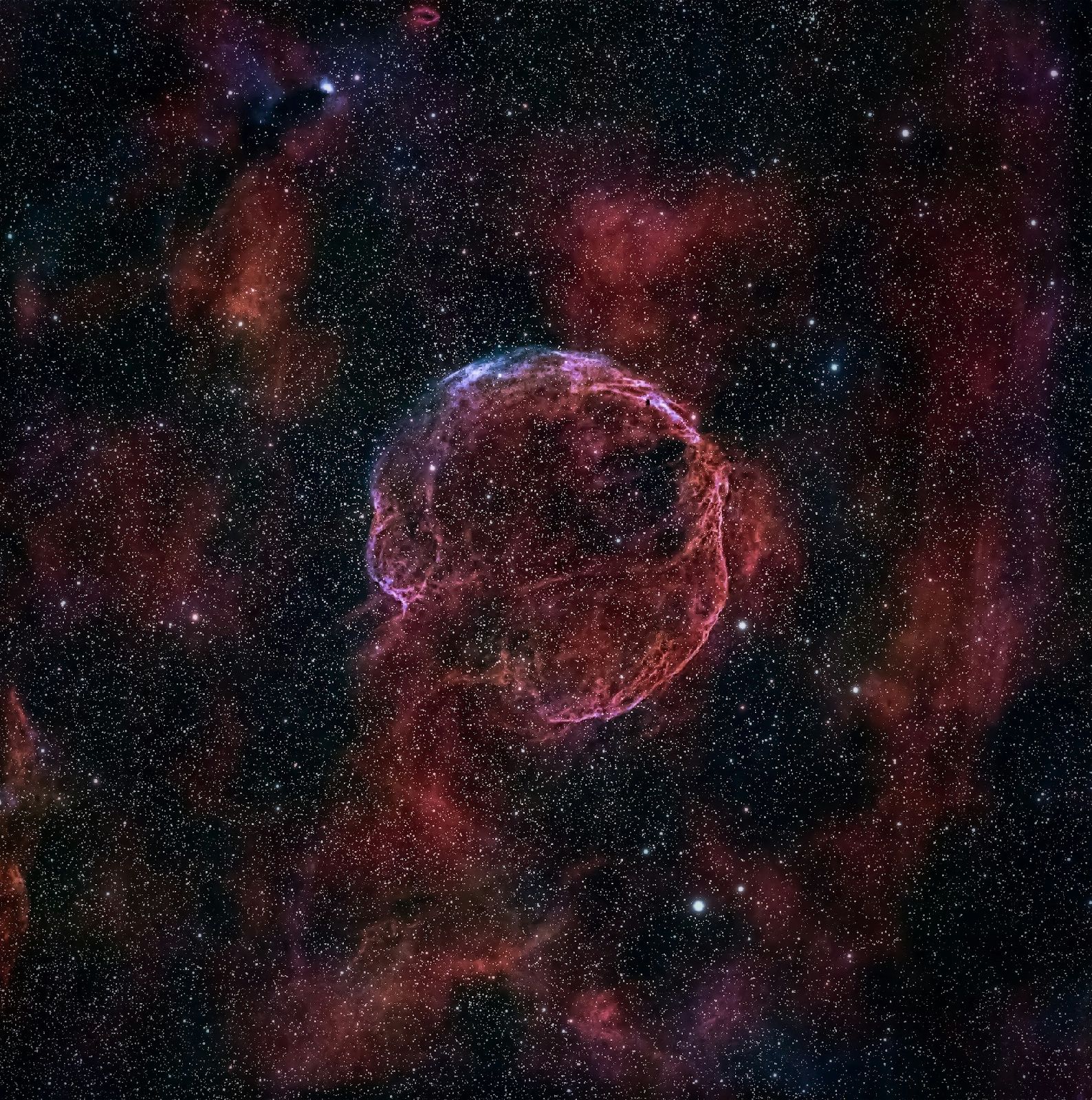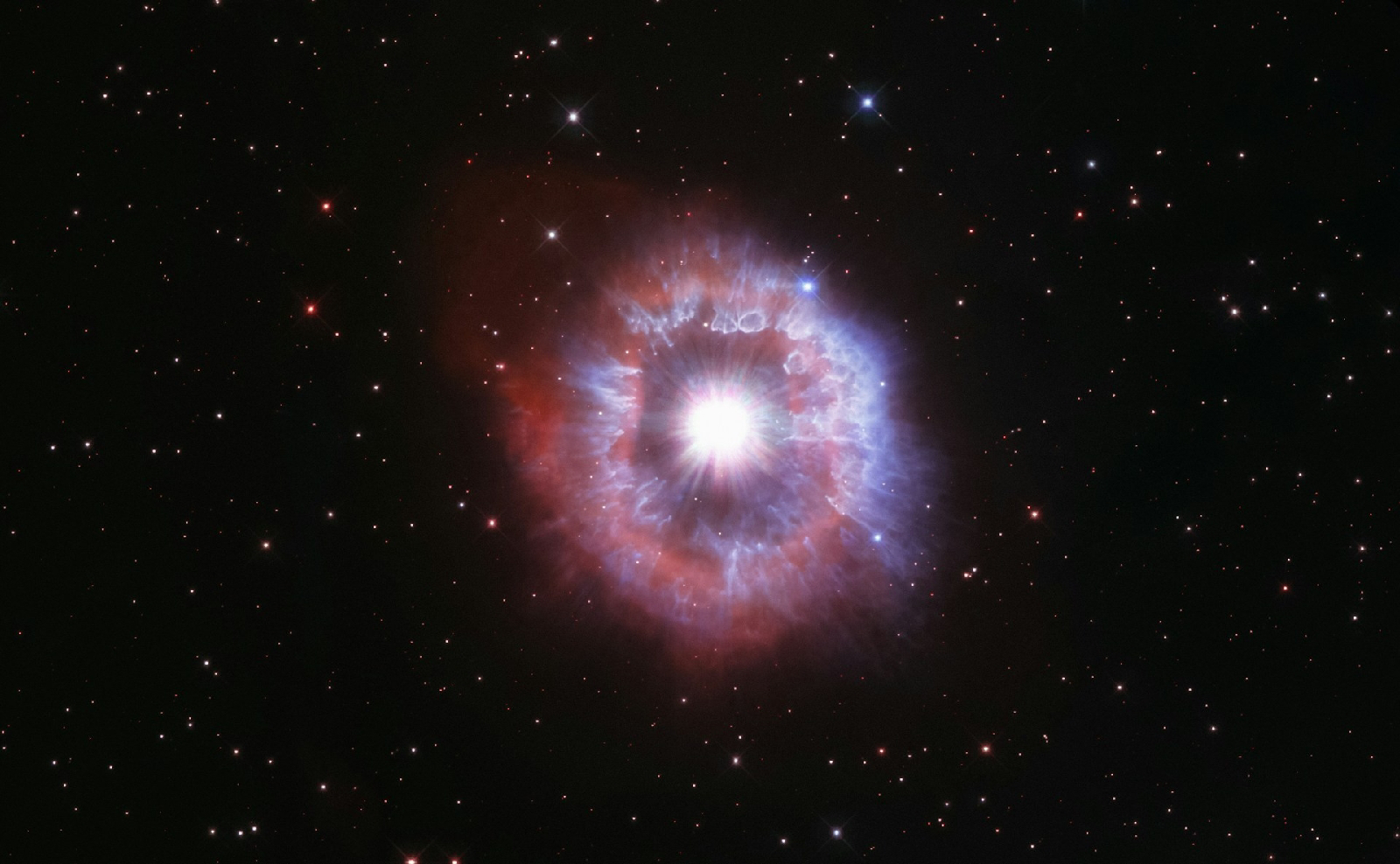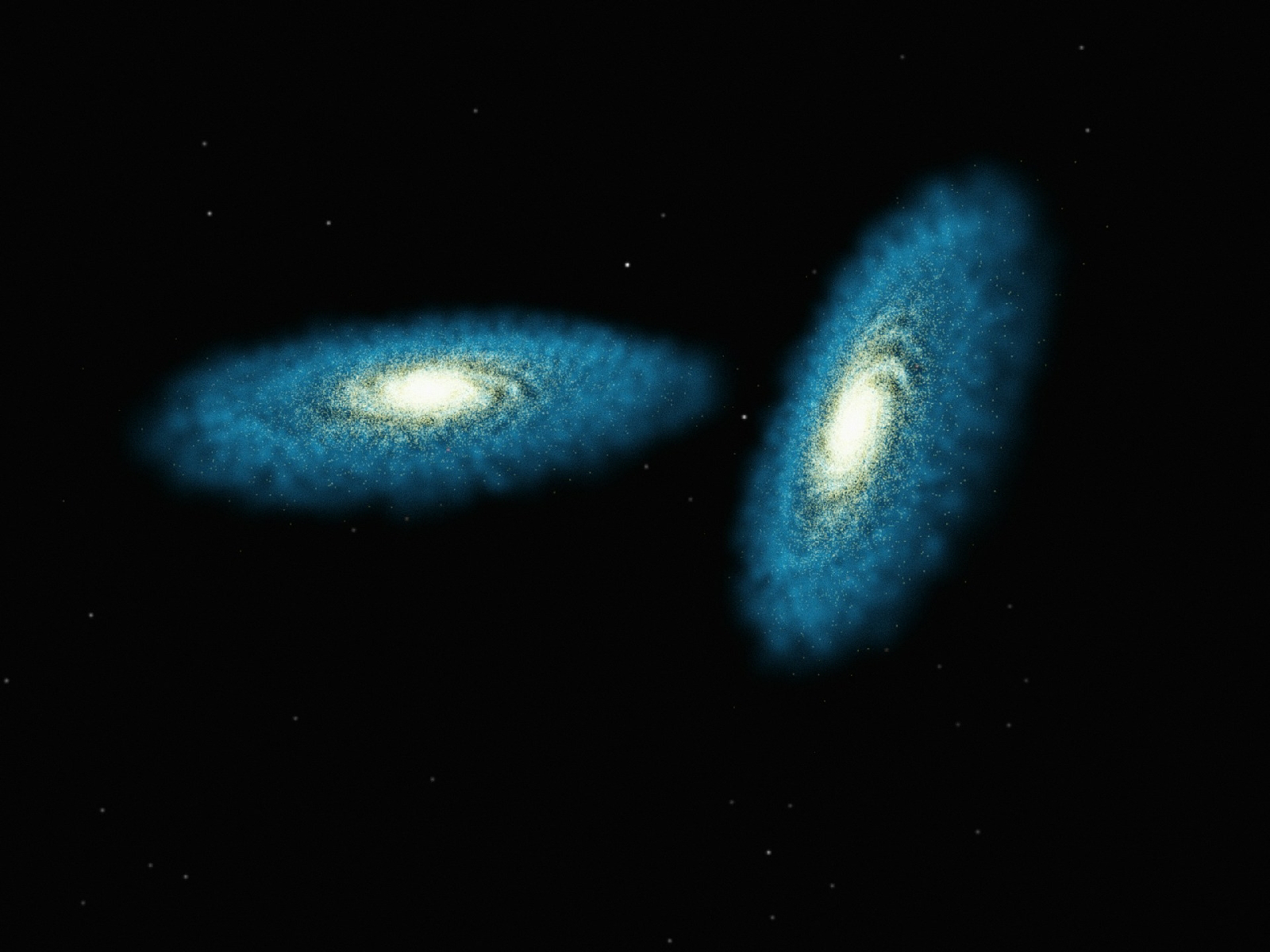Chapter 6: The Birth of the Solar System – From Dust to Planets
The first stars of the universe were born, elements were forged in their fiery hearts, and then scattered across space by supernovae. Now, the cosmic kitchen is fully stocked with ingredients. In this episode, we’ll explore how those ingredients came together to form a star — our Sun — and the planets that orbit around it.
Dust Left Behind by Supernovae
When a massive star explodes in a supernova, it doesn’t just release light and heat — it also spreads enormous amounts of dust and gas into space. Though it may look like this material drifts aimlessly, over time it starts to clump together.
This cloud of gas and dust is what we call a “pre-solar nebula.” And our Sun was born inside just such a nebula. Rich in heavy elements like carbon, oxygen, iron, and silicon, this cloud was a stellar nursery — a birthplace for stars.
Gravity Takes Over
When a nebula is disturbed — for example, by a nearby supernova explosion — gravity steps in. The cloud begins to collapse under its own weight, drawing material inward and heating up in the process.
At the center of this collapse, a dense and hot core forms — the future core of the Sun. Meanwhile, the rest of the cloud starts to flatten into a rotating disk.
The Birth of the Sun
As the central gas clump becomes denser and hotter, nuclear fusion ignites. Hydrogen atoms begin to fuse into helium, releasing vast amounts of energy — and just like that, a new star is born: our Sun.
The birth of the Sun shapes everything else within the disk. Now there’s a massive, luminous center, and everything in the surrounding disk begins to orbit this newborn star.
Planet Formation: From Dust to Giant Rocks
Within the rotating disk around the Sun, tiny dust particles start colliding and sticking together. This process goes like this:
1. Microscopic dust grains →
2. Pebbles →
3. Meter-sized rocks →
4. Hundreds-of-kilometers-wide bodies (called planetesimals)
These planetesimals continue to collide and merge, gradually forming larger and larger objects. Some of them eventually become planets.
Why Are Inner Planets Rocky and Outer Ones Gassy?
The inner region of the disk is hotter. That’s why planets like Mercury, Venus, Earth, and Mars are made mostly of rock and metal. The heat prevents lighter gases from sticking around.
But farther from the Sun, the disk is cooler. In these regions, gases can condense more easily — leading to the formation of gas giants like Jupiter, Saturn, Uranus, and Neptune.
So, the inner planets are small, dense, and solid — while the outer planets are massive, light, and gassy.
Moons, Asteroids, and Comets
The Solar System isn’t just about planets. Plenty of smaller bodies were left over from the formation process:
- Asteroids: Rocky remnants, mostly found between Mars and Jupiter.
- Comets: Icy bodies from the outer edges of the Solar System (like the Kuiper Belt and Oort Cloud).
- Moons: Large planetesimals that ended up orbiting planets.
All of these are time capsules from the early days of the Solar System.
The Birth of Earth and Conditions for Life
Earth formed from the same cosmic materials — but what made it special was its location. Not too close, not too far from the Sun. This “habitable zone” allowed liquid water to exist on its surface.
At one point, a Mars-sized object collided with Earth. The debris from this impact eventually came together to form the Moon. The Moon stabilized Earth’s rotation, which turned out to be crucial for the development of life.
A Chain of Cosmic Coincidences
The Solar System isn’t purely random — but it wasn’t planned either. It’s more like a masterpiece of nature’s engineering. The birth of the Sun, the right temperatures, the distribution of materials, the paths of planets — it all formed a cosmic chain.
And we, humans, are just a small link in that grand chain. But a special one — a link where life exists.
Next Episode: The Fate of the Universe – Eternal Expansion or Big Crunch?
Will the universe keep going like this forever? Or will it eventually collapse? What is the ultimate fate of the cosmos? Will it expand eternally — or end in a “Big Crunch”?
We’ll tackle these big questions in the next episode. Don’t miss it!











Comments